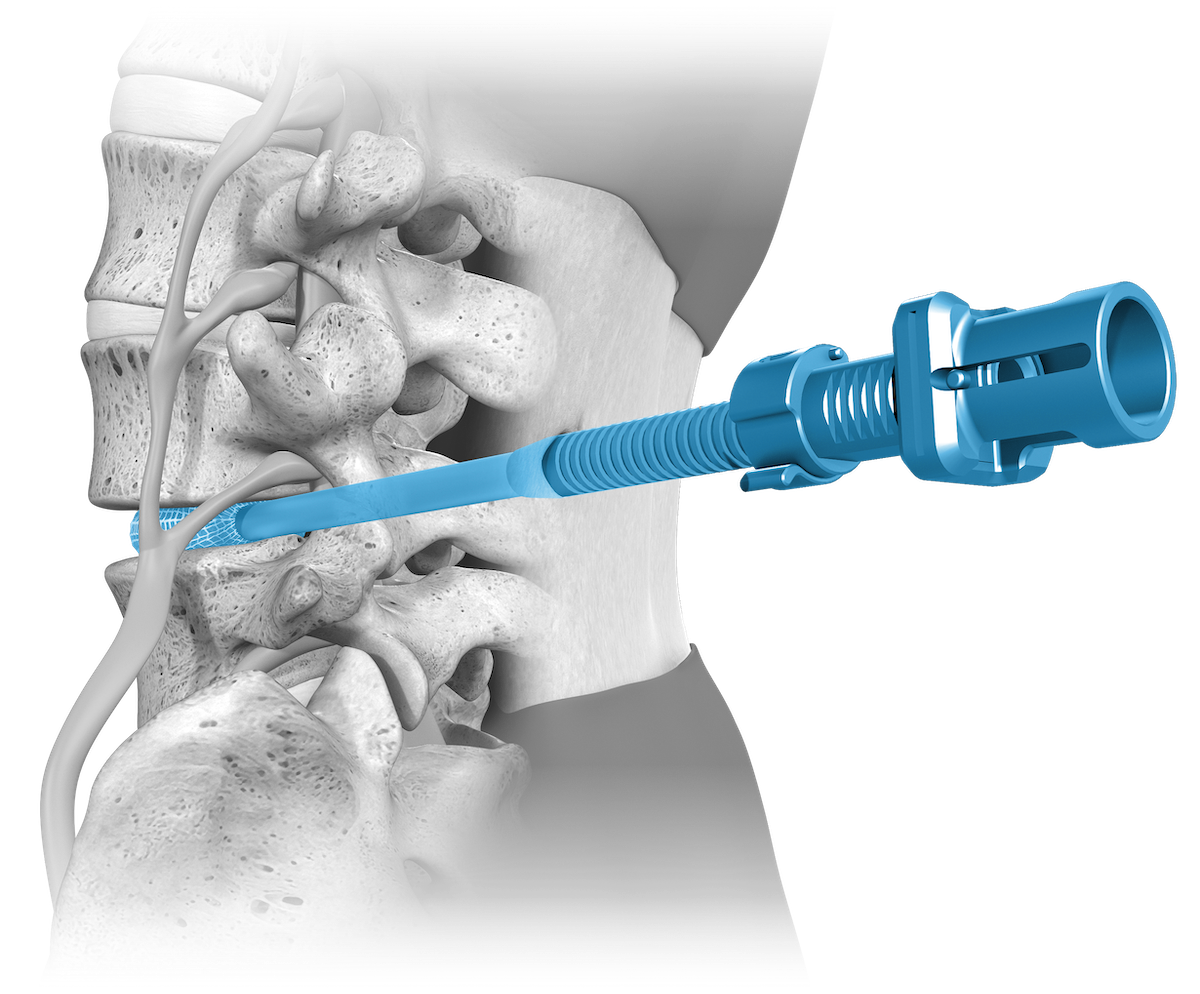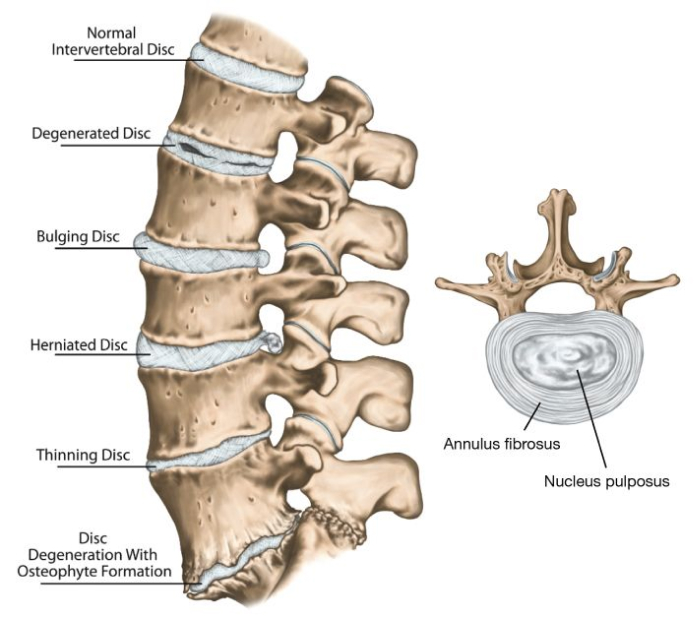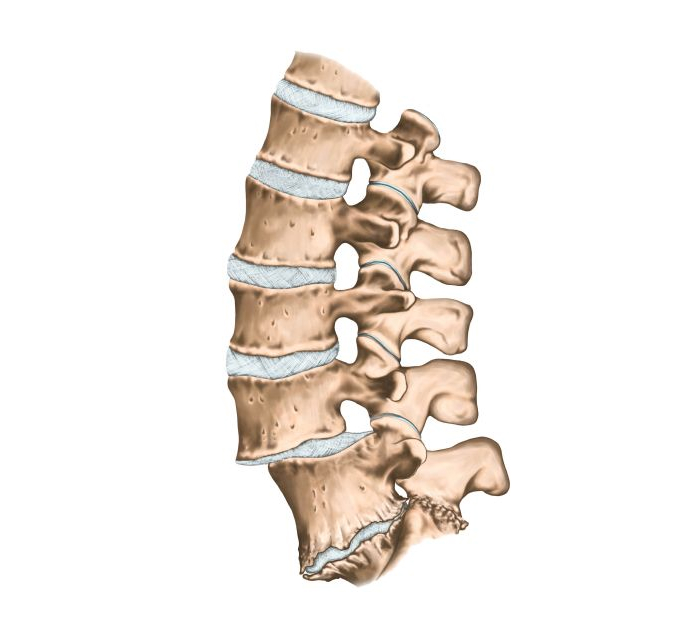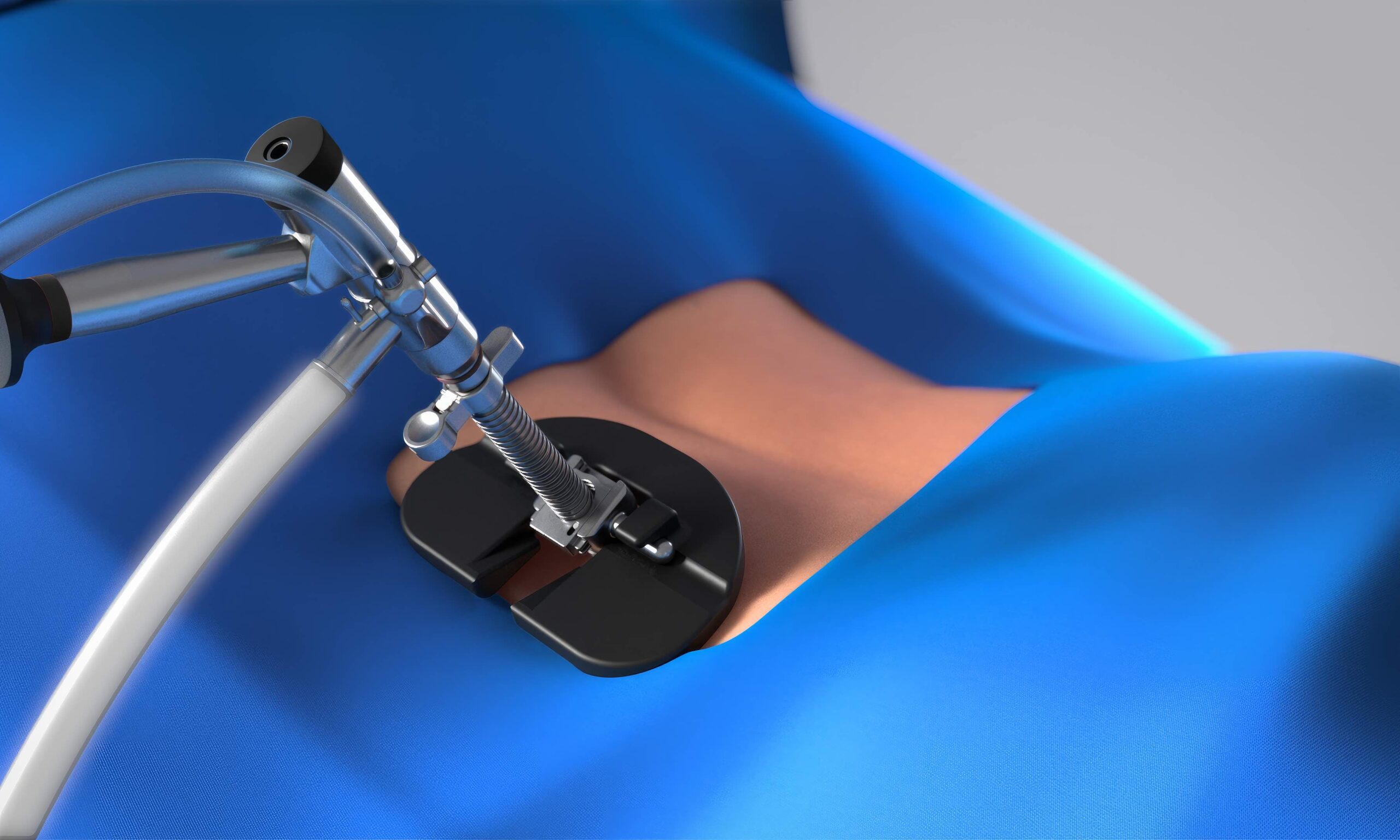The OptiLIF® Procedure, Using OptiMesh
The OptiLIF Procedure utilizes an ultra-minimally invasive technique that conserves the patients bone and soft tissues while protecting their neural structures. This is due to the fact that all of the instrumentation for our lumbar interbody fusion can fit through a portal (the size of a common soda straw), which is the smallest on the market. All of this may lead to improved patient outcomes, such as:
[1] Lavoie S, Bydon M, Nunley P, Sandhu F, Shore J, Stone M. Does indirect decompression vs open decompression in percutaneous interbody fusion provide better results? An ad-hoc analysis of a prospective multi-center percutaneous interbody fusion study. International Society for the Advancement of Spine Surgery (ISASS) Annual Conference 2021. Miami, FL. 2021 May 13-15.
[2] Chi J, Nunley P, et al. Two-Year Outcomes From a Prospective Multicenter Investigation Device Trial of a Novel Conformal Mesh Interbody Fusion Device. Int J Spine Surg. 2021 Dec; 15(6): 1103-1114.

Treatment for Low Back and Leg Pain
If you have been experiencing low back or leg pain that has not responded positively to conservative treatments (exercise, physical therapy, massage, pain medications, etc.), you may be considering surgery. Millions of people around the world undergo spinal operations every year as a result of debilitating back and leg pain. Historically these procedures were very intrusive, but Spineology is changing the way spine surgery is done with our focus on advancing spine care through ultra-minimally invasive approaches.
Spineology Inc. leads the way in ultra-minimally invasive spine surgery, revolutionizing how spine surgeons treat and heal back pain. Our proprietary Mesh technology sets us apart from traditional fusion procedures enabling surgeons to optimize outcomes while minimizing tissue disruption and enhancing patient recovery. With a strong commitment to patient-centered care and enabling disruptive technologies, Spineology continues to push the boundaries of what is possible in spine surgery today with the tools of tomorrow.
Treatment Options
In most cases, your doctor will use a conservative (non-surgical) approach to treat your symptoms. Conservative treatments can include rest, heat, ice, medication, injections, and physical therapy. If your symptoms persist after conservative treatment, surgical treatment may be recommended. Surgery may also be recommended for specific spinal conditions, such as narrowing of the spinal canal or a herniated disc that has not responded to other treatment.
Open and MIS
Depending on your condition, your surgeon may choose an open surgery or a minimally invasive surgery (MIS). Open Surgery is a more traditional approach during which the surgeon uses an incision large enough to directly view and access your spine to treat your condition. Open spine surgery generally involves muscle and other soft tissue disruption, and removal of bone, which can make your procedure take longer and result in a hospital stay of up to a week. 4 In some cases, an open procedure may be required to properly address your spinal condition.
Jaikumar S, Kim DH, Kam AC, History of Minimally Invasive Spine Surgery. Neurosurgery. 2002;51(2):1-14. doi.10.1097/00006123-200211002-00003
OptiLIF
seeks to preserve the anatomy and reduce trauma to the muscle, soft tissue and bone. The surgeon will make a smaller incision and work through a narrow channel to treat your condition. MIS surgeries tend to be shorter in duration compared to open procedures. Spineology offers some of the least invasive, most advanced procedures currently available, with OptiLIF and OptiLIF Endo fusions utilizing OptiMesh, and lateral fusions utilizing Duo Ti. These procedures offer minimal disruption to the muscle and soft tissues and leave the bony anatomy intact. This can enhance your recovery and allow you to leave the hospital sooner compared to more invasive surgeries.
Low back and leg pain can be a significant burden and present you with many choices. Talk to your doctor about your condition and the treatment options that might be available to you. Read more about Spineology's ultra-minimally invasive procedures OptiLIF, OptiLIF Endo and Duo Ti lateral.



